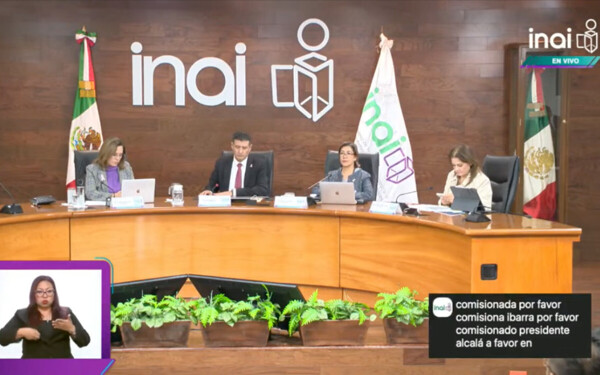
The Minister of the Supreme Court of Justice of the Nation (SCJN), Lenia Batres, revealed the economic damage caused by the more than two-month strike of judicial workers. In a message published on Saturday, October 26, she pointed out that the economic impact exceeds 10 billion pesos.
According to Batres, during the 67 days of the strike in district courts and circuit courts of the Federal Judiciary, an economic damage of 12 billion 650 million 565 thousand 738 pesos was inflicted on the treasury. She detailed that the annual budget of the circuit courts and district courts is 68 billion 917 million 261 thousand 195 pesos, with a daily cost of 188 million 814 thousand 414 pesos.
The work stoppage began as a protest by dissatisfied individuals within the Judiciary, which was joined by judges and magistrates, in rejection of the reform that seeks to implement the election of half of the judges and magistrates of the country in June 2025, as well as all the ministers of the SCJN.
The Federal Judiciary Council decided to completely resume activities in all courts and tribunals in the country on Wednesday, October 23, warning of sanctions for those who persist in the strike. After a divided vote, 'Circular 23/2024' was issued, ending the work stoppage except in urgent cases that lasted just over two months from August 19.
Since October 24, the heads of the judicial bodies must ensure compliance with administrative and operational provisions to guarantee the proper administration of justice. The vote, with four votes in favor and three against, reaffirmed what was established in Circular 22/2024 of October 16, which announced the reopening of the courts and tribunals.
This new ruling emphasizes the obligation for all personnel to comply with attendance control to ensure the optimal functioning of the judicial system.














